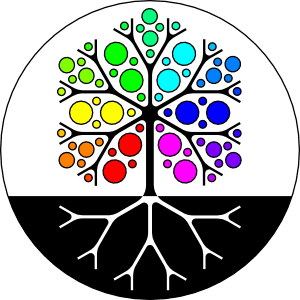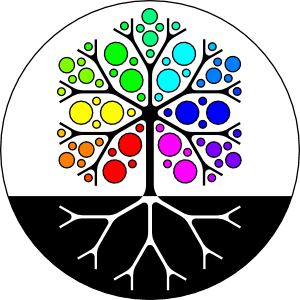Permaculture is more than just a set of ideas—it is a way of actively designing and engaging with the world to create resilient, sustainable, and regenerative systems. By applying thoughtful strategies to land management, food production, and daily living, we can work in harmony with nature while improving our quality of life.
At World Tree Permaculture, we emphasize practical applications of permaculture principles, focusing on techniques that build ecological resilience and strengthen local economies. Below, explore key areas of permaculture practice and how they shape sustainable living.
Design Methods
Effective permaculture design integrates natural systems with human needs. Using methodologies such as zones and sectors, keyline design, and food forests, practitioners develop landscapes that function efficiently while regenerating the environment.
Site Analysis
Before implementing permaculture systems, a thorough site analysis ensures that land, climate, and water resources are used effectively. This includes studying microclimates, soil conditions, water flow, and existing biodiversity to create site-specific solutions.
Sustainable Living
Permaculture extends beyond farming and land management—it also informs daily habits that reduce waste and improve self-sufficiency. From rainwater harvesting and natural building techniques to renewable energy solutions and zero-waste systems, these practices empower individuals and communities to thrive sustainably.
At World Tree Permaculture, we are committed to demonstrating and teaching these practices through hands-on projects, educational programs, and community-based initiatives. By applying permaculture to our everyday lives, we take steps toward a more regenerative and self-sustaining future.

